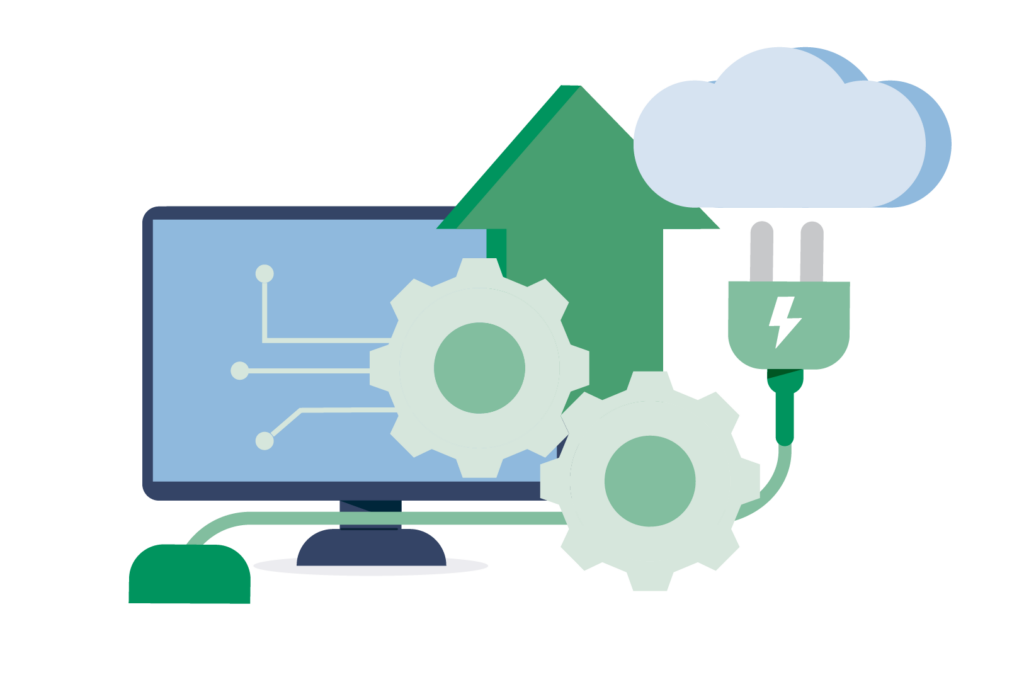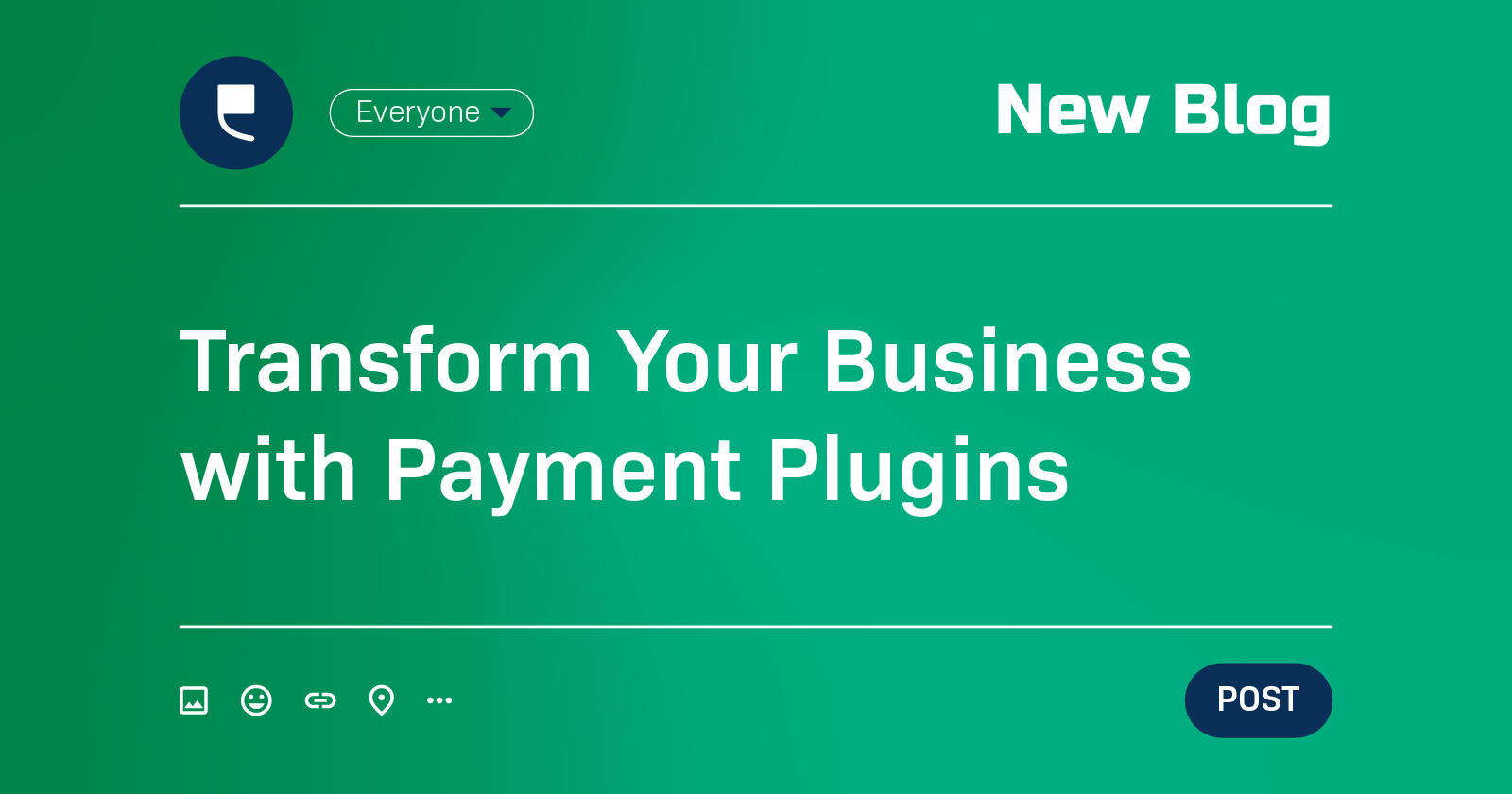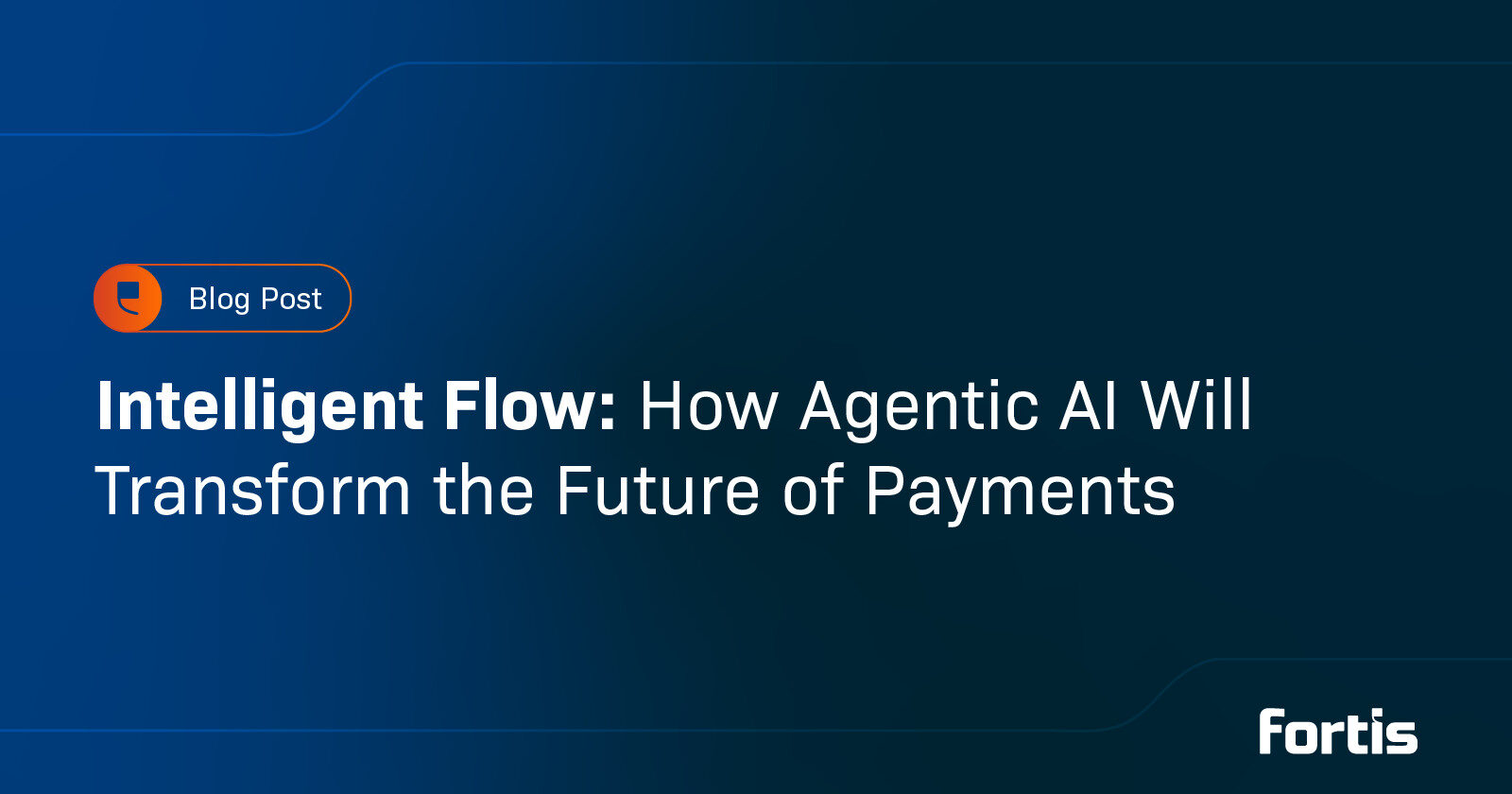In an era of rapidly advancing payment technology, plugins are often the easiest way for merchants and ISVs to streamline their payment strategy and boost revenue. They’re even known to positively impact consumer purchase intentions. But, what exactly are plugins, and how do they work?
In this article, we’ll discuss:
- What a plugin is and how it differs from an API
- How plugins can transform your business
- And, how to evaluate which plugin is right for you
What are plugins (and how are they different from APIs)?
A plugin is an add-on to a software solution that improves or expands its original capabilities. Usually, the plugin is third-party software that provides additional features, such as customization or automation of the original software’s capabilities.
Plugins are often “no-code” solutions, meaning you can install them with one click or add them to your software with minimal effort. Official plugins are often listed on the original software’s website. For example, both Microsoft Dynamics 365 and Sage have app marketplaces to easily identify official plugins.
You may have also seen the term API tossed around, which may seem interchangeable with plugins. But it’s not quite the same.
API stands for application programming interface, and these solutions are typically used by two software applications to “talk” to one other. An API often requires custom coding and requires more effort for installation.
That said, it’s common for best-in-class payment applications to offer both a plugin and API connection.

4 ways payment plugins will transform your business
Plugins offer several key advantages to businesses such as installing new solutions quickly, optimizing processes, boosting security, and increasing performance.
- Installing new solutions quickly: Plugins are very easy to install and manage. Often, they are one-click installations and require minimal maintenance. As a result, developers can save hours of time and focus their attention on other high-value tasks.
- Optimizing and customizing your processes: Plugins extend a software’s capabilities, making programs more flexible and customizable. For example, if your organization wants to include digital wallet payments or loyalty payment points but the core ERP software does not offer them, a plugin can fill that gap.
- Boosting security: Some plugins offer additional measures to safeguard customer data, such as tokenization and user permissions. This is a critical factor to successful online transactions—especially when payment data is involved.
- Increasing performance: Finally, plugins may automate and streamline processes both for the merchant and the customer. Some examples include offering additional billing models and branded embedded payment options.
How to evaluate payment plugins and integrations
As you can imagine, there are dozens of payment plugins for all major ERP and accounting software solutions. So, how can you determine which plugin is best for your business? There are a few ways to evaluate a plugin and see if it’s a good fit:
- Features: The plugin should do what you need it to do. But you’ll also want a solution that can scale. Ideally, you’ll want a platform that offers a complete suite of payment solutions, so that your payment operations can grow along with your business.
- Flexibility: How many programs can the plugin integrate with? This is a critical component of success. The more integration options, the more likely you can build a tailored solution to align with your long-term needs.
- Security: When dealing with customer payment information, security is paramount. Any payment plugin you choose should use industry-leading technology and protocols, such as P2PE, SREDKey devices, and EMV card access. Ultimately, it’s important to look for additional fraud protections and whether the plugin is PCI-DSS compliant.
- Global Support: eCommerce has revolutionized buying and expanded merchant access across borders. A best-in-class payment plugin will support new global capabilities. The more currencies and payment methods available, the better.
- Customization: Finally, you’ll want the controls to ensure your payment plugin remains on-brand and aligned with your payment strategy. Each plugin will offer different levels of customization and it’s vital that you find a solution that makes sense for your specific business model.
Transform Your Business with the Fortis Plugin
As an industry leader in payments, Fortis offers an advanced, flexible payment experience with its plugin solution. The Fortis plugin makes it easy to streamline payments, reduce liability, support growth, and design a custom payment process.
Our plugin solution integrates with major ERPs and other software, such as:
- Sage 50
- Sage 100
- Sage 300
- Sage X3
- Sage Intacct
- Microsoft Dynamics 360 Finance
- Microsoft Dynamics 365 Business Central
- Microsoft Dynamics 365 Sales
- OPERA PMS
- Xstore POS
- Visual Matrix
- Adobe Commerce
- WooCommerce
- BigCommerce
Ready to transform your business with a payment plugin? Get started with our Fortis Plugin solution today.




